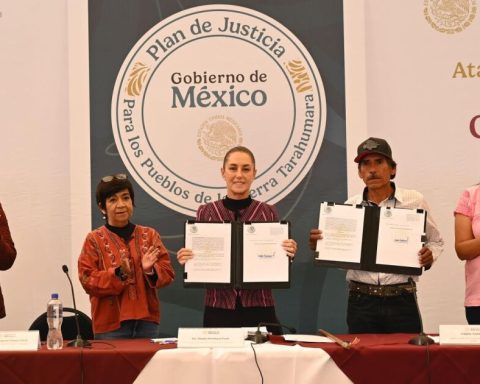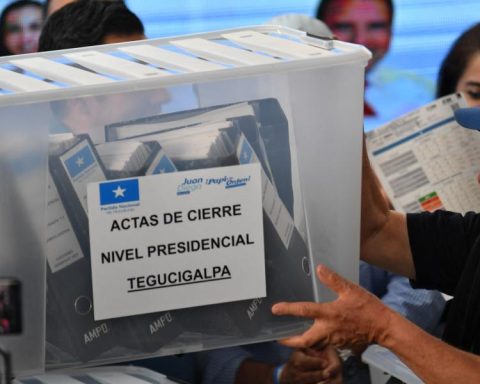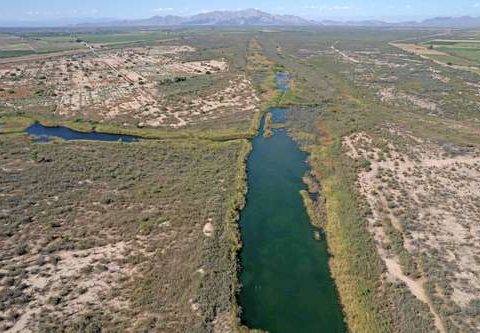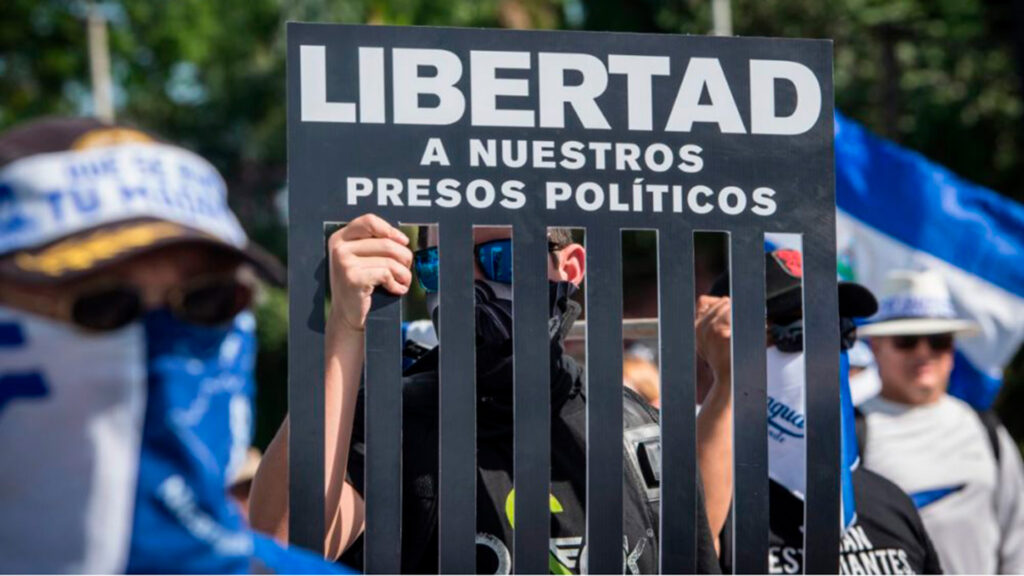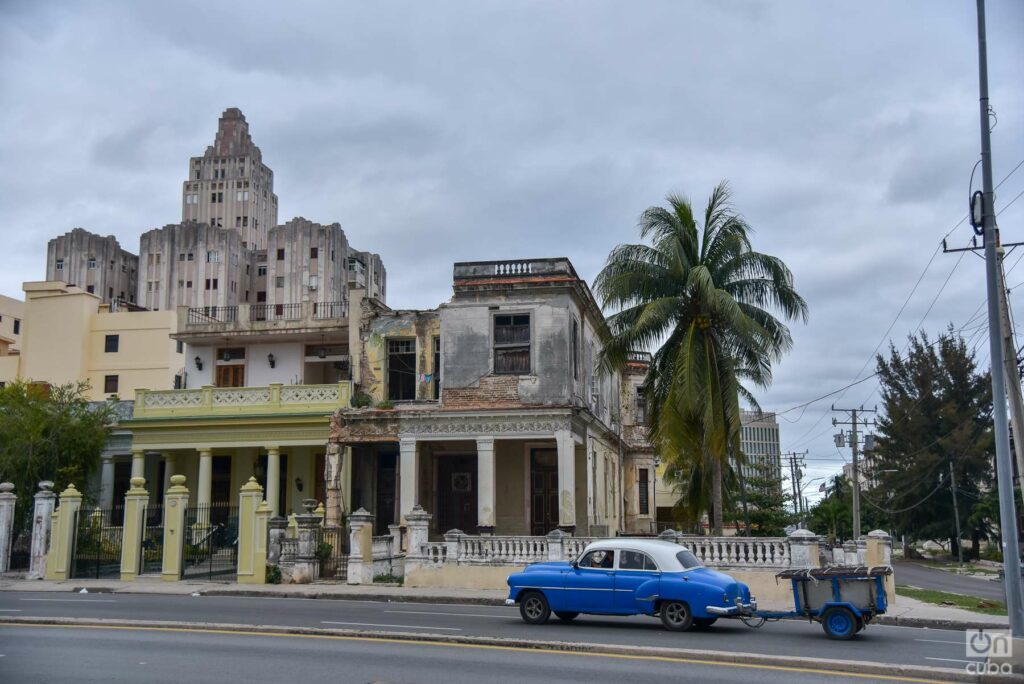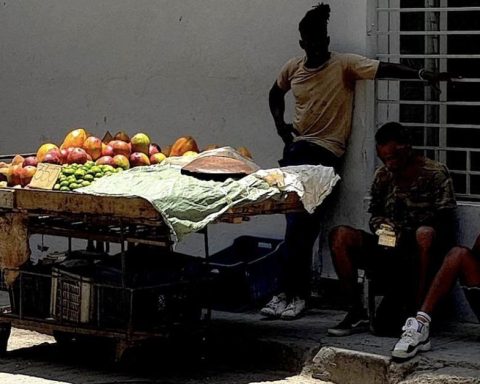Nestor Jimenez
Newspaper La Jornada
Tuesday February 7, 2023, p. 4
Facing this year’s elections in the state of Mexico and Coahuila, as well as the federal and state elections of 2024, the Institutional Revolutionary (PRI) and National Action (PAN) parties, which are planning to go in alliance, have begun campaigns to try to add militants after, in the case of the whitebluehas maintained a similar number of members since 2018, while the PRI, like its ally, the Party of the Democratic Revolution (PRD), has maintained a constant reduction in recent years.
On its website, the main call of the tricolor those who enter is to join this party. After the fact that in the past six-year term, when he headed the federal government with Enrique Peña Nieto, he boasted more than 6.3 million militants, he currently reports 2 million 65 thousand to the National Electoral Institute.
Of these, half are concentrated in the two entities that still govern and that will be at stake in the middle of the year: the state of Mexico, with 793,000 PRI members, and Coahuila, with 220,000. Outside these states, only Nuevo León still has a census that exceeds 235,000, but in states such as Jalisco, Aguascalientes, Puebla and Quintana Roo it has census of less than 6,000 people. In Baja California Sur, there are barely more than 700 PRI members.
Meanwhile, the PAN, which in 2018 was on the verge of not reaching the minimum membership required by law to maintain the registry by having 233,000 members, now reports a register of 252,000 people. Over the weekend, its leaders began an attempt to rally sympathizers among fellow Mexicans in the United States.
The PRD, which in the past six-year period had 5.2 million, reports in 2023 a register of one million 242 thousand. In four states, Guerrero, the state of Mexico, Michoacán and Mexico City, there are close to 70 percent of its militants. At the same time, in 16 states it has local census of between 1,900 and 10,000 registered PRD members.

